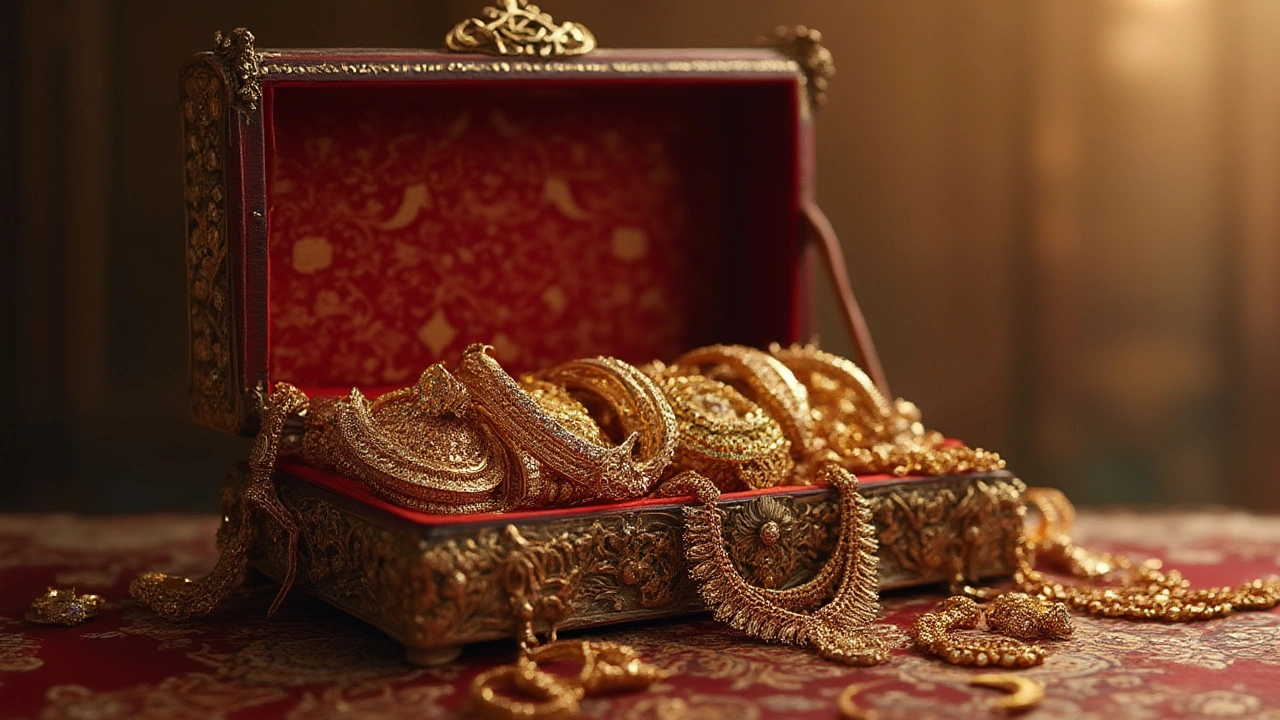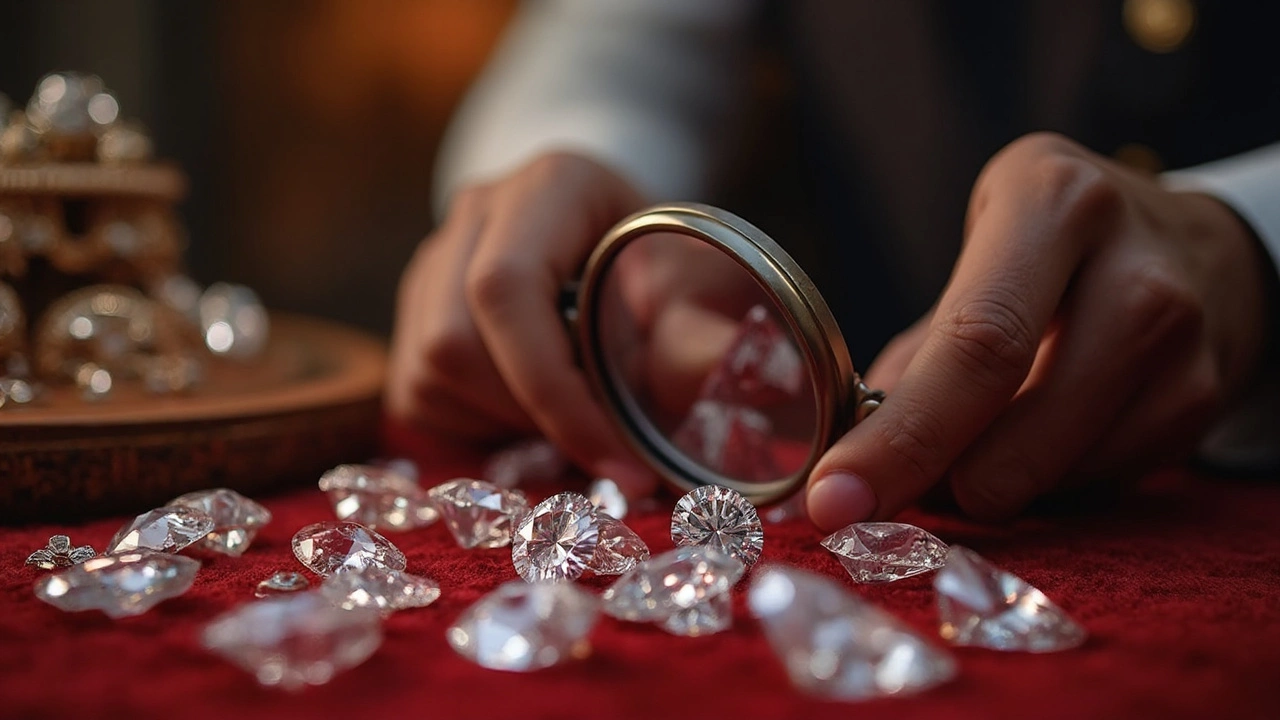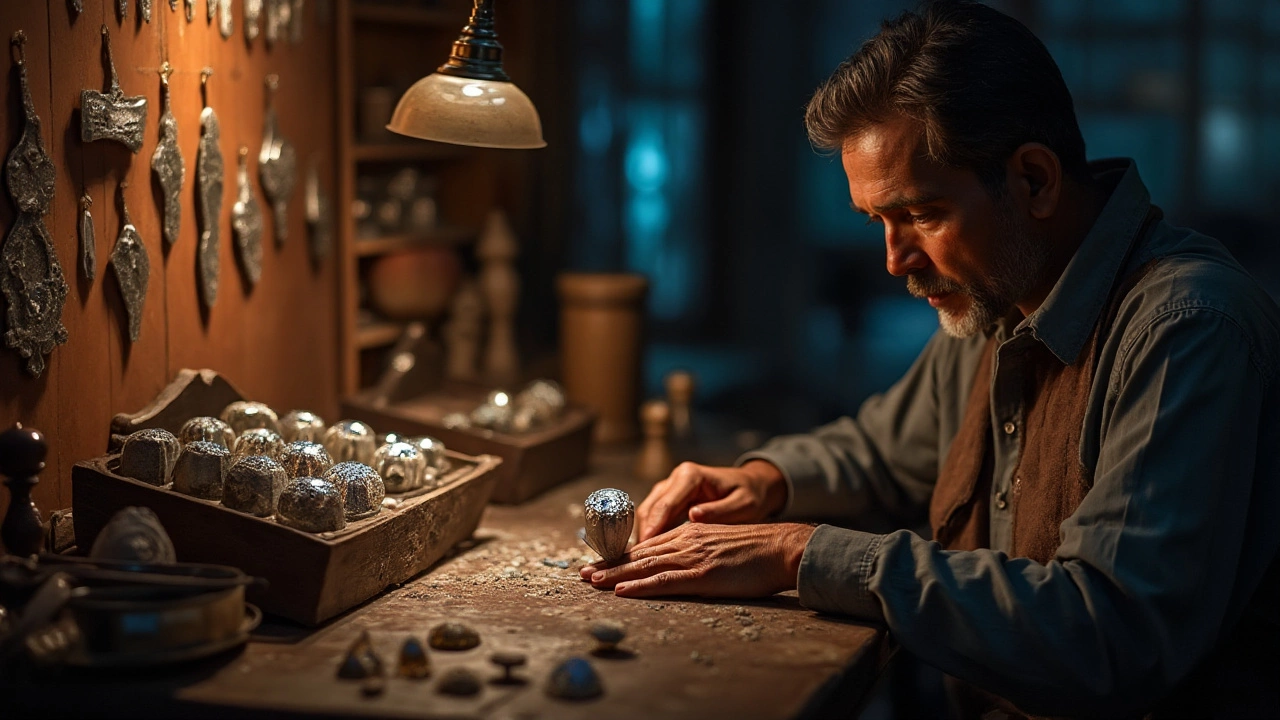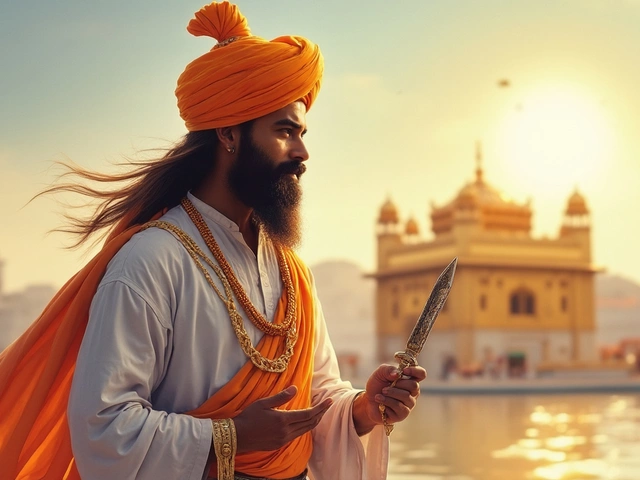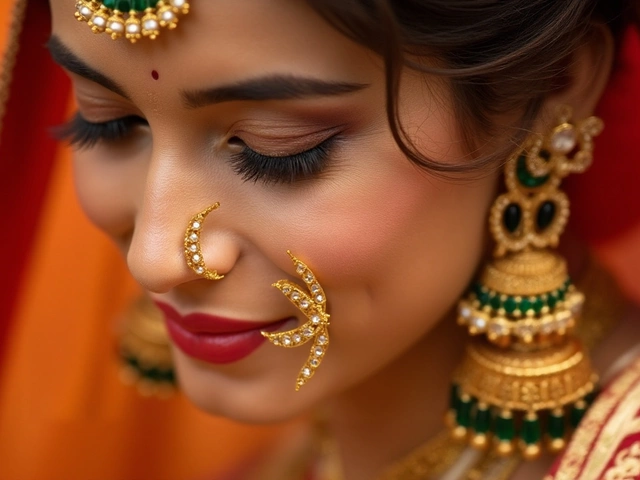Diamond Value: What Really Determines the Price?
When you see a sparkling diamond, the first question is usually – how much is it worth? The price isn’t random; it’s driven by a few clear factors. Knowing them helps you avoid overpaying and find pieces that hold value.
Four Pillars That Set a Diamond’s Value
Experts talk about the 4 Cs: Carat, Cut, Color, and Clarity. Carat is the weight – bigger stones cost more, but only if the other three Cs are solid. Cut decides how the stone reflects light; a well‑cut diamond sparkles more and fetches a higher price. Color ranges from completely colorless (the most valuable) to faint yellow tones. Clarity looks at internal flaws; fewer blemishes mean higher worth.
Beyond the 4 Cs, look for a trusted certification. A GIA or IGI report guarantees the diamond’s qualities. Without a certificate, you’re guessing, and that can cost you.
How to Check If a Diamond Is a Good Investment
Not every diamond is an investment. The best ones keep or grow their value over time. Stick to classic shapes like round brilliant or princess cut – they stay in demand. Fancy shapes can be trendy but may lose value faster.
Consider the resale market. Brands with strong resale value, such as those listed in our "Top Jewelry Brands with the Highest Resale Value" guide, often have better buying‑back programs. A diamond from a reputable jeweler usually sells for a higher percentage of the original price.
When you shop online, compare the price per carat with the market average. If a dealer offers a big discount, ask why. Sometimes it’s a clearance sale, other times the stone may have hidden issues.
Don’t forget the total cost. Setting, metal type, and any extra stones add to the price. A plain diamond set in 22‑karat gold will cost more than the same stone in 14‑karat gold, but the gold itself also holds value.
Finally, think about timing. Just like gold, diamond prices can fluctuate with market trends. Buying during off‑season sales or when the market dip can save you a chunk of money.
By keeping these points in mind, you can judge a diamond’s value with confidence, whether you’re buying for an engagement, an heirloom, or an investment piece.
Jewelry That Increases In Value: Gold, Diamonds, Vintage & More
Curious if your jewelry box hides a future treasure? This guide uncovers which jewelry types actually go up in value—gold, diamonds, and more—plus expert tips.
What Diamond Holds Its Value: A No-Nonsense Guide
Curious which diamonds actually hold their value? This article strips away the hype and gets straight to what matters. Learn what makes a diamond a smart buy, why some stones perform better over time, and what to look out for if you want your ring to keep its worth. Practical tips included for buyers in India, plus a few surprising facts that can change the way you shop. Essential reading for anyone serious about diamonds.
Are Vintage Cut Diamonds Increasing in Value?
The allure of vintage cut diamonds continues to captivate collectors and buyers alike. As markets shift and preferences evolve, there is a growing appreciation for the charm and uniqueness of these old-world gemstones. This piece explores whether these diamonds, steeped in history and artisanal craftsmanship, carry more value today compared to their modern counterparts. Insights into their intricate design, historical significance, and the factors that impact their market worth are discussed.
